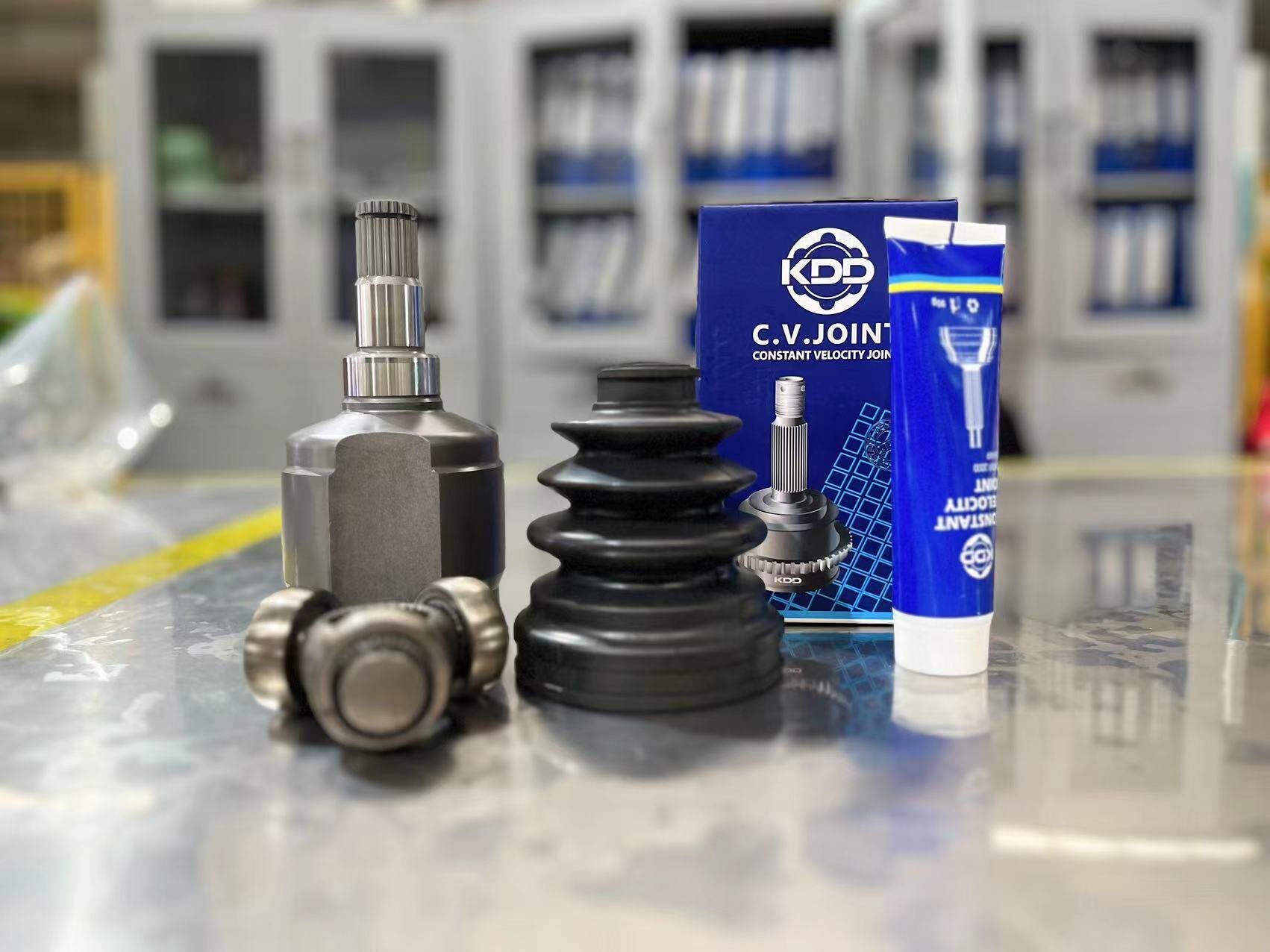Email format error
Email cannot be empty
Email already exists
6-20 characters(letters plus numbers only)
The password is inconsistent
Email format error
Email cannot be empty
Email does not exist
6-20 characters(letters plus numbers only)
The password is inconsistent


Understanding Outer Control CV Joints: Working, Symptoms, Maintenance, and Upgrades
Introduction
Outer control CV joints are vital components in a vehicle’s drivetrain, responsible for transmitting power from the transmission to the wheels while allowing for suspension movement. Understanding how they work, recognising symptoms of failure, implementing proper maintenance techniques, and exploring the possibility of upgrading outer control CV joints for enhanced performance are crucial aspects for vehicle owners. In this blog post, we will delve into these topics to provide a comprehensive understanding of outer control CV joints.
How do outer control CV joints work?
Outer control CV joints consist of an outer race, an inner race, balls, and a cage. They are designed to flex and rotate as the wheels move up and down, ensuring constant power transfer regardless of the suspension’s position. This flexibility allows the wheels to maintain traction while the suspension moves, providing a smooth and comfortable ride.
Symptoms of Outer Control CV Joint Failure
a. Clicking or popping noises when turning: worn-out CV joints may produce clicking or popping sounds, especially during sharp turns. This indicates that the joint’s internal components are damaged or worn, causing the balls to slip out of place.
b. Vibrations during acceleration: Damaged CV joints can cause vibrations that intensify during acceleration. This occurs when the joint’s internal components are worn, resulting in an uneven transfer of power to the wheels.
c. Grease leakage: Cracked or damaged CV joint boots may lead to grease leakage, exposing the joint to dirt and moisture. This can accelerate wear and lead to premature failure.
d. Excessive play or looseness: If the CV joint has excessive play or feels loose, it may indicate wear or damage. This can result in a loss of power transfer and compromised vehicle control.
Maintenance Tips to Extend Outer Control CV Joint Lifespan
a. Regular inspection: Periodically inspect the CV joint boots for cracks, tears, or grease leakage. Promptly address any issues to prevent further damage.
b. Keep boots clean and lubricated: Clean the CV joint boots regularly and ensure they are properly lubricated to prevent dirt and moisture from entering. This helps maintain smooth operation and prevent premature wear.
c. Avoid extreme angles: Minimise extreme steering angles, as they can put additional stress on the CV joints. This reduces the risk of joint damage and extends their lifespan.
d. Drive cautiously: Avoid rough terrain, potholes, and aggressive driving, as they can accelerate CV joint wear. Smooth driving habits help minimise stress on the joints and promote longevity.
Upgrading Outer Control CV Joints for Enhanced Performance
Upgrading outer control CV joints can be beneficial for those seeking improved durability and performance. High-performance CV joints with enhanced materials and design can handle higher torque loads and provide smoother power transfer. Consult with a trusted automotive specialist to explore suitable upgrade options for your specific vehicle. Upgrades can enhance overall drivetrain performance and provide a more enjoyable driving experience.
Conclusion
Understanding the working mechanism of outer control CV joints, recognising symptoms of failure, implementing proper maintenance techniques, and considering upgrades are essential for ensuring their longevity and optimal performance. Regular inspections, proper lubrication, cautious driving, and exploring upgrade options can significantly extend the lifespan of these critical components. By taking these measures, you can ensure a smooth and reliable driving experience while minimising the risk of CV joint failure. Stay proactive in maintaining your vehicle’s outer control CV joints to enjoy a safe and efficient ride.

